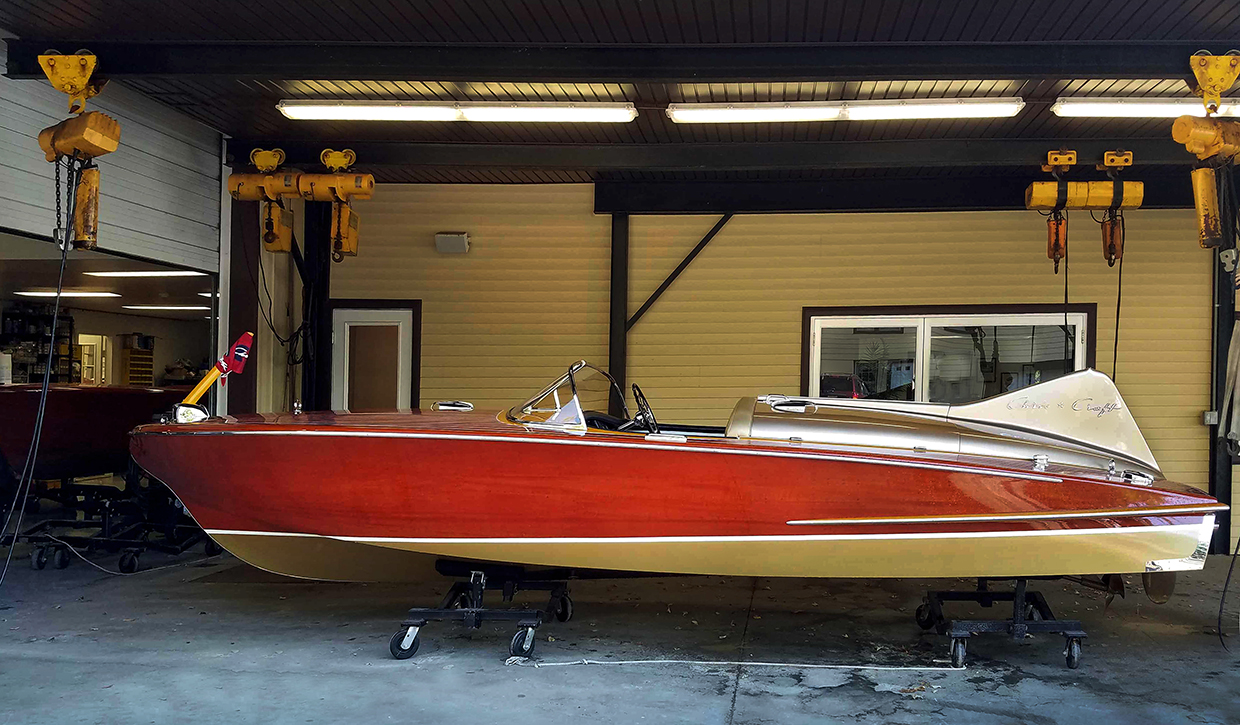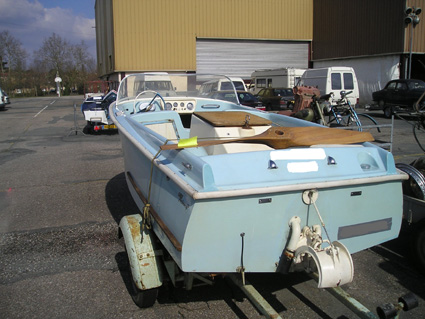Dowty Turbocraft (Hamilton) Jet Boat Rebuild. The Beginnings: From a backyard workshop. Irishman Creek Station in. Central Otago in the 1920s. Dowty Turbocraft. This is thought to be Loch Earn or Loch Lomond about 1960. Instruction manual for model 272 price $1.00 dowty turbocraft special v-8 marine. Old Marine Engine » Boats with Early Inboards » 1961 BUHLER 16' TURBO CRAFT. I have the original owners manual and. Aug 17, 2017 I have also now borght a mk1 Dowty turbocraft as well. So there will be another update as the 'new' boat will need some.
The Beginnings: From a backyard workshop at Irishman Creek Station in Central Otago in the 1920s, to multi-million dollar international enterprise in Christchurch in the 2000s. The story of Bill Hamilton and the Hamilton Jet is surely a pinnacle in the history of backyard tinkering in New Zealand. Bill Hamilton's workshop expanded over the years, until in WWII it played an important role in manufacture of munitions and earthmoving equipment, and in the training of engineering personnel for the war effort. Cherry Keyboard Linux Driver here.
With the coming of peace in 1945, he moved operations to Christchurch, and as the new operation prospered he found more time to devote to new ideas. Hamilton developed the water jet in response to the need to navigate the shallow waters rivers around his Irishman Creek Station. After fiddling unsuccessfully with airscrews and retractable propellers, his first success came with a vertical centrifugal pump powered by a Ford 10 engine through a bevel gear. Mounted in a 3.5m runabout, the jet unit achieved a speed of 11mph, a slow start. The potential of the concept led Hamilton to hire a young engineer, George Davison, as his assistant in improving the jet unit. Davison's engineering training, combined with Hamilton's hands-on approach proved the ideal combination. The concept took off, and the two never looked back.

Today: Currently employing 340 staff in New Zealand and 60 overseas, Hamilton Jet is now one of New Zealand's top export earners in the marine industry, exporting almost all of its production to more than 45 countries world-wide. The company has carved a niche in water jets for craft in the 10 - 60m range, a market in which it has consistently expanded its share.
The 10 - 60m range is defined at the lower end by the large number of manufacturers of light-duty water jets for recreational applications, and at the upper end by a few manufacturers as represented by the Rolls Royce-owned Swedish company KaMeWa. Progress: Further research and development of the Hamilton's initial design brought three fundament modifications which made the Hamilton Jet what it is today. The first - expelling the water jet above, rather than below the waterline, significantly increased efficiency of the unit, and therefore thrust and speed. The second -eliminating the bevel gear, brought increased mechanical efficiency. This modification was incorporated in the first commercial units manufactured in 1956. Known as the Rainbow Jet unit, this design featured marine parts such as a centrifugal pump connected directly to the motor, without the need for a noisy and inefficient right-angle bevel drive. Designed for light runabouts, the Rainbow Jet was sold in limited numbers in New Zealand.
The third - eliminating the tortuous and inefficient path through the centrifugal pump, further improved efficiency, and established the fundamental design of the axial-flow jet unit as we know it today. The axial-flow concept was further improved with development of two and three-stage axial systems developing greater pressures, and incorporated in the Chinook Series in 1957, and the Colorado Series in 1963.
In 1959, the Hamilton Jet took on the Colorado River through the Grand Canyon. Over the next few years the team repeatedly visited the Colorado while building the profile of the company in the US market. The Colorado Series of jet units, developed in response to demands for greater simplicity and lower cost, proved a milestone in the development of the Hamilton Jet.

The Colorado Series halved the cost of jet units, and reached a wider market, covering everything from small fizz boats to large off-shore racing craft. As worldwide interest in the Hamilton jet increased, the company began work on the Work Jets System, introduced to the market in 1970. Larger and more robust than previous models, the Work Jets were designed for diesel-powered commercial vessels where high loads and prolonged operation is the norm. Allman Brothers Band Collection Pdf To Word.
The Work Jets Series formed the basis of the HM Series, since developed and refined into the sophisticated HS and HJ Series. In keeping with the trend towards increasing computerisation, the early 1990s saw the company introduce electronic control systems to manage the increasingly complex units, culminating in today's 'blue ARROW' water jet control system.